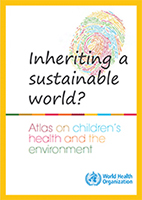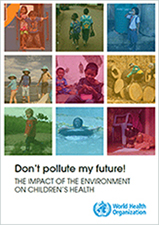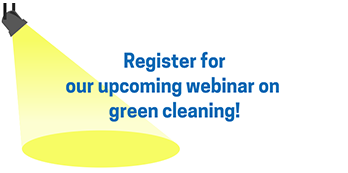 |
Worldwide, 1.7 million children younger than 5 years of age die each year from exposure to environmental hazards, such as contaminated water, indoor air pollution, outdoor air pollution and other unsanitary conditions. That’s more than one death out of every four deaths of children younger than 5, according to the new WHO report Inheriting a Sustainable World? Atlas on Children’s Health and the Environment, available at www.who.int/ceh/publications/inheriting-a-sustainable-world.
One of the major themes emphasized by the WHO is the prevention of disease by avoiding exposure to environmental pollutants. The WHO concluded that addressing polluted environments could have prevented more than one in four children’s deaths. Reducing environmental pollution, such as indoor and outdoor air pollution, can prevent children’s deaths and illnesses.
|
|
Globally, approximately 570,000 children younger than 5 years of age die each year from respiratory infections, such as pneumonia, attributable to indoor and outdoor air pollution and secondhand smoke. Household air pollution from smoke from cook stoves, ambient air pollution and secondhand tobacco smoke are the most dangerous environmental risks for childhood respiratory infections, as outlined in the WHO companion report, Don't Pollute My Future! The Impact of the Environment on Children’s Health, available at www.who.int/ceh/publications/don-t-pollute-my-future.
Chapter 5 of Inheriting a Sustainable World talks about the important role schools play in children’s health. Healthy schools provide the foundation for a healthy life; educating children on the importance of healthy environments sets them up to thrive as they grow. Below are excerpts from Inheriting a Sustainable World that comment on the importance of a healthy school environment.
|
 |
“Children spend several hours a day at school, so making sure that these environments are safe and health-promoting is vital.”
“Poor environmental and infrastructure conditions in schools can make teaching and learning very challenging. Air pollution inside and outside the classroom can trigger or exacerbate respiratory diseases and infections. Radon also may be present in school buildings.”
“Ensuring children’s health in school environments requires action at many levels. WHO encourages the development of health-promoting schools, which it defines as those that are ‘always strengthening their capacity as a healthy setting for living, learning and working.’”
WHO news release, March 6, 2017
www.who.int/mediacentre/news/releases/2017/pollution-child-death
|





